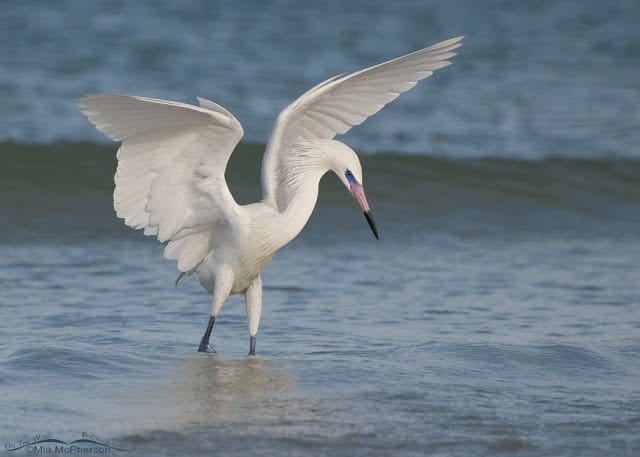
It’s barely a question that needs to be asked, in all actuality. What is a heron?
Herons end up being one of the few groups of birds as beloved by the general public as by those of us who know birds. I can’t count the number of times I’ve been a social situation wherein I’m outed as a birder and the first thing the person I’m talking to mentions is the heron on their neighborhood pond. Across North America, these birds are by and large Great Blue Herons, the patriarch of the Ardeid clan on this continent, but depending on where you live that common species might be Gray Heron or Goliath Heron or Cocoi Heron. But what is it that makes them so appealing? Is it their appearance, the flashy plumes or the vaguely dinosaurian affect? Is it their penchant for doing their thing right out in the open? Or is that they’re impossible to miss most of the time. We love water and herons need water, so we find ourselves in the same places so much of the time. They simply get noticed in a way that perching birds and even stealthy hawks don’t. And that makes them a great ambassadors for birds worldwide.
Want more? Check out the newest edition of I and the Bird, all about Herons!













Great information Nate!